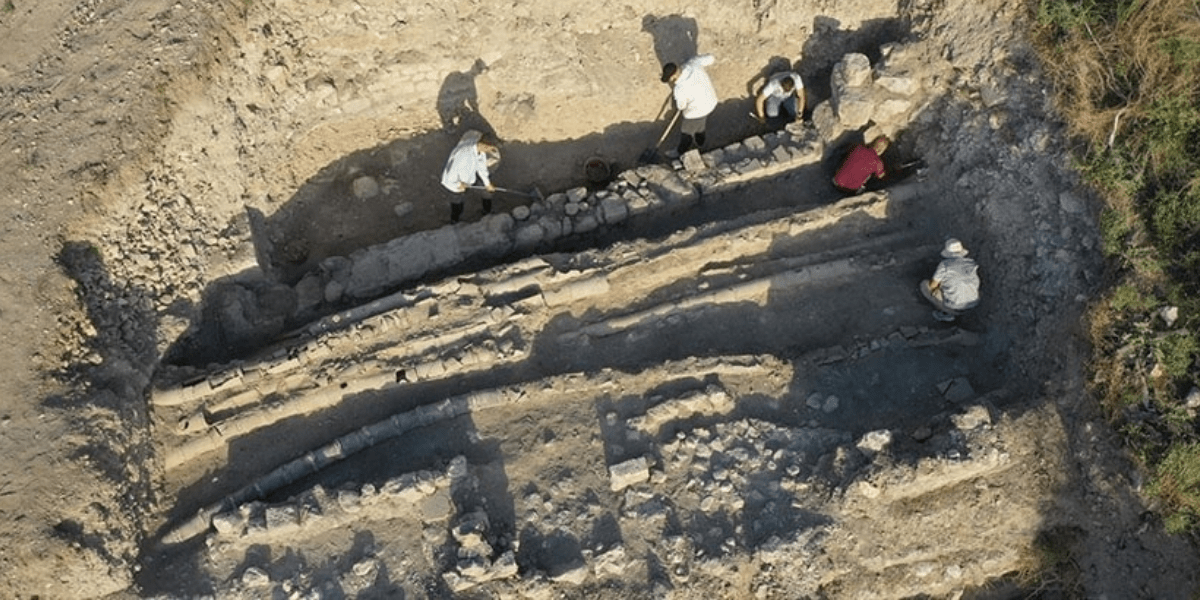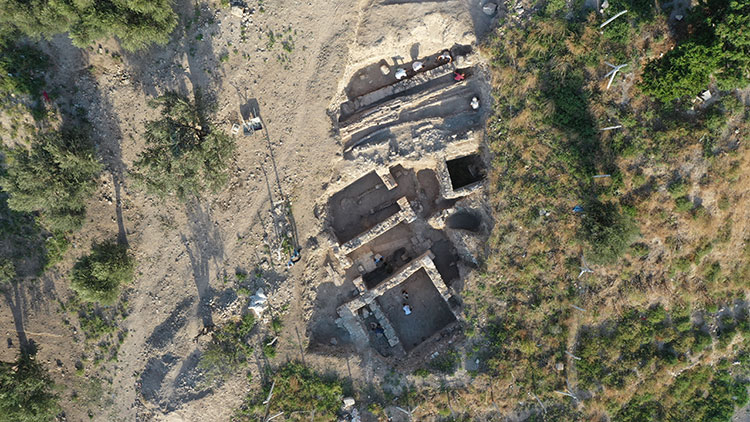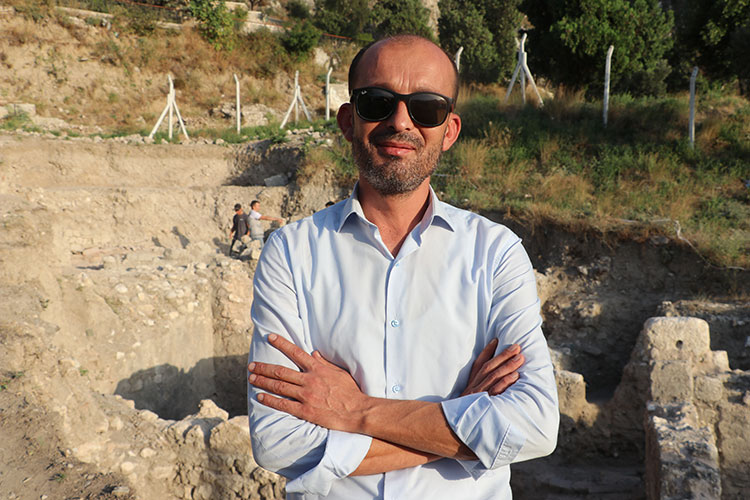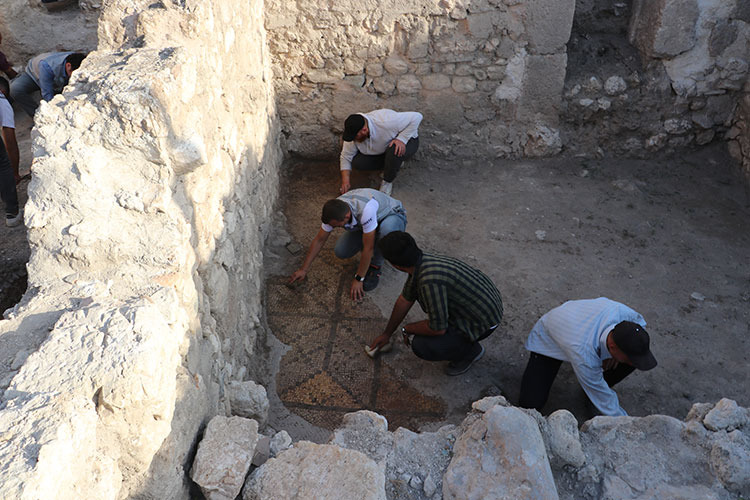
Twelve pipes that supplied water to the ancient city of Antiocheia have been uncovered from the Late Roman Period
In the ongoing rescue excavations at the ancient city of Antiocheia, located in Hatay province in southern Türkiye, twelve pipes from the Late Roman Period that supplied water to the city have been uncovered.
Hatay is the province that suffered the most damage from the two major earthquakes in 2023, which resulted in the deaths of thousands of people.
The rescue excavations in Antiocheia are being conducted under the leadership of the Hatay Archaeology Museum with the support of the Ministry of Culture and Tourism. The excavations are ongoing on the western slope of St. Pierre Church.

The cave church is considered a pilgrimage site for Christians.
The pipes, believed to have been used to transport water from the springs on Mount Habib-i Neccar to the city, indicate that the region is rich in water resources.
Acting Director of the Hatay Archaeology Museum, Ali Ateş, stated to an AA reporter that architectural structures dating back to the 5th century AD have been uncovered around the church.

Ateş mentioned that the connection of these structures to the church is being investigated, saying, “We believe that the architectural remains were used for the accommodation of Christians who came to the St. Pierre Church for pilgrimage and for their daily needs. We also think that the jar, dishes, and kitchenware uncovered in the excavations we conducted in 2021 were used during that period.”

Ateş stated, “We have identified water pipes and sewage systems. These indicate that the region is rich in water resources. We believe that the pipes were constructed to meet the city’s water needs from the springs coming from Mount Habib-i Neccar and for drainage channels.”
He also mentioned that they aim to reach the entirety of the geometric patterned mosaic, part of which was found last year, and added that plans are in place to create an archaeological park encompassing St. Pierre Church and the Necmi Asfuroğlu Archaeology Museum after the completion of the work.
Cover Photo: Salim Taş/AA
You may also like
- A 1700-year-old statue of Pan unearthed during the excavations at Polyeuktos in İstanbul
- The granary was found in the ancient city of Sebaste, founded by the first Roman emperor Augustus
- Donalar Kale Kapı Rock Tomb or Donalar Rock Tomb
- Theater emerges as works continue in ancient city of Perinthos
- Urartian King Argishti’s bronze shield revealed the name of an unknown country
- The religious center of Lycia, the ancient city of Letoon
- Who were the Luwians?
- A new study brings a fresh perspective on the Anatolian origin of the Indo-European languages
- Perhaps the oldest thermal treatment center in the world, which has been in continuous use for 2000 years -Basilica Therma Roman Bath or King’s Daughter-
- The largest synagogue of the ancient world, located in the ancient city of Sardis, is being restored











Leave a Reply